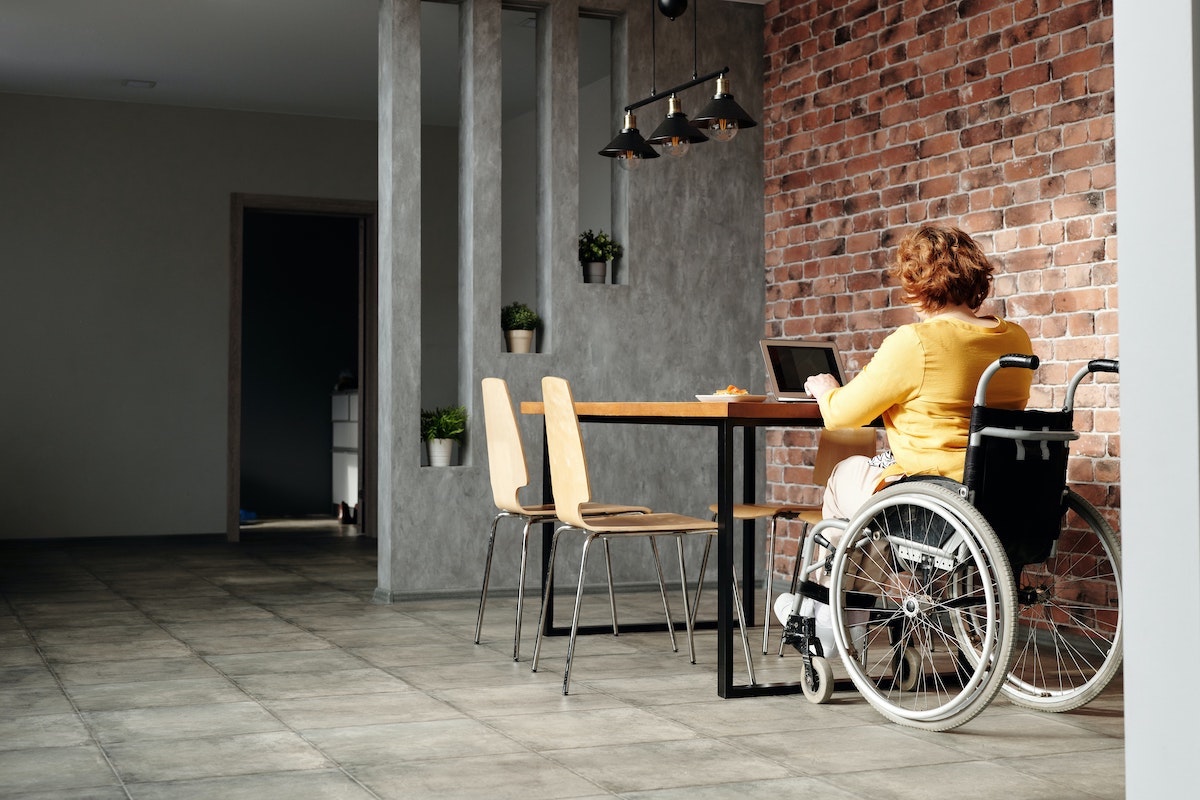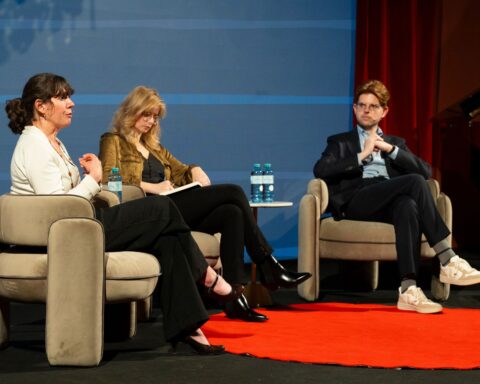Working from home has brought about significant challenges for many people, especially during the pandemic, but it has also opened new opportunities to work and inclusion.
While in some places, such as the US and Germany, remote working has become much more common, Austria registers a declining trend of an average of 14% of the working population located at the home office. Still, remote work is on the radar and depending on the branch of trade, up to 73% of people may work from home semi-permanently.
Recent research records the benefits of remote work for people who experience neurodiversity, disabilities, and those suffering from the effects of long COVID.
Disability in the Workplace
Around 16% of the world’s population lives with significant disability, which in some cases affects their chances to find and maintain work long-term.
Accessibility is a crucial component to lowering or removing these barriers. There are, of course, many workers and applicants with a disability that may experience widely different levels and sorts of needs which must be considered for workplace accessibility.
Some of these measures include designated parking close to the building, ramps and wheelchair-friendly elevators, modifiable desks, and assistive technology, among other things.
However, accessibility is not a standard in most offices and investments in assistive equipment or renovations and structural add-ons are not always prioritized.
In a report issued by the US government, some of the most significant barriers to employment perceived by people with disability are connected to locational factors. These barriers include, despite the disability itself, transportation to and from the jobsite as well as an unmet need for certain features or equipment at offices and other workplaces.
Home Office and Disability
The idea of remote work is not new for many people with disabilities. In fact, the US National Disability Institute reports that work-from-home opportunities were requested and often denied for decades before the pandemic made it necessary.
After a brief drop in employment for people with disabilities at the beginning of the pandemic, numbers recovered quickly, leaving disabled people 3,5% more likely to be employed than before the first lockdown. The research suggests that home office opportunities significantly contributed to these statistics, as it removed typical locational boundaries and opened the doors to a previously neglected talent pool.
Additionally, neurodiverse people, such as those with ADHD and autism, often thrive in familiar environments like the home under the right circumstances. Both neurodiverse people and those with a disability report that the flexibility and comfort of their own home allows them to cater more easily to their needs and still perform well, if not better than they would at the workplace in person.
Lastly, another group that has reportedly benefitted from the options to work from home are those who suffer from the symptoms of long COVID. While the severity of these symptoms vary from person to person, they often include brain fog, fatigue, respiratory problems, and cognitive dysfunction. Still, a significant number of those affected were able to continue to work remotely and retain employment this way.
Altogether, these statistics and testimonials allow for an insight into the possibilities that this shift in work-culture inspires in regard to offering the option to work from home. If desired by the employee, it may raise productivity levels and lead to increased inclusion of disabled or neurodiverse people in the workplace.
The Challenges of Remote Work
Despite the promising statistical evidence and the positive reports on including home office opportunities in companies, it is largely dependent on preference. While many people reportedly thrive in their home environments, others face obstacles that cannot be underestimated. Apart from technical or communication problems, the most frequent difficulties reported from the home office include issues with mental health, the inability to effectively separate work from the private life, and difficulty focusing. The disconnect from colleagues at work also proves a challenge for some people.
These issues can lead to severe problems for employees’ mental health in particular. Increased stress, burnout, depression or depressive episodes, fatigue, and more can occur in workers who struggle with remote work.
Additionally, working from home must not remain the only solution to workplace accessibility and should not be used as an excuse to delay the adaptation of office spaces to become more inclusive. Instead, a focus on inclusivity allows both companies and employees to benefit from a diverse work environment.
With the aim of permanence in mind, a combination of remote working options and an effective mental health support system, companies and offices have the chance to open themselves to a more diverse talent pool. Simultaneously, employers can ensure contentment of their employees and increase their chances to retain the workforce as well as increasing productivity.
______
The shift in our modern work environments offers even more possibilities for growth, inclusion, and inspiring change. Exploring new opportunities, making an effort to overcome challenges, and working towards long-term solutions have brought forward many creative ideas to date. It proves helpful to look beyond the surface and personal preference to open workspaces to more diversity, flexibility, and possibly, opportunities for both employees and companies.
To learn more about the importance of including people with disabilities into the workplace, watch Chantel Buck’s talk at TEDxEustis. She is a Mensa-member and CEO of New Vision for Independence, a company that offers training and services to people that experience bilateral vision loss. In her talk she discusses the possibilities that accompany the destigmatization of neurodiversity and disability in work environments.
Reviewed by Juxhina Malaj. Proofread by Sarah Guvi.
Header by Marcus Aurelius on Pexels.





